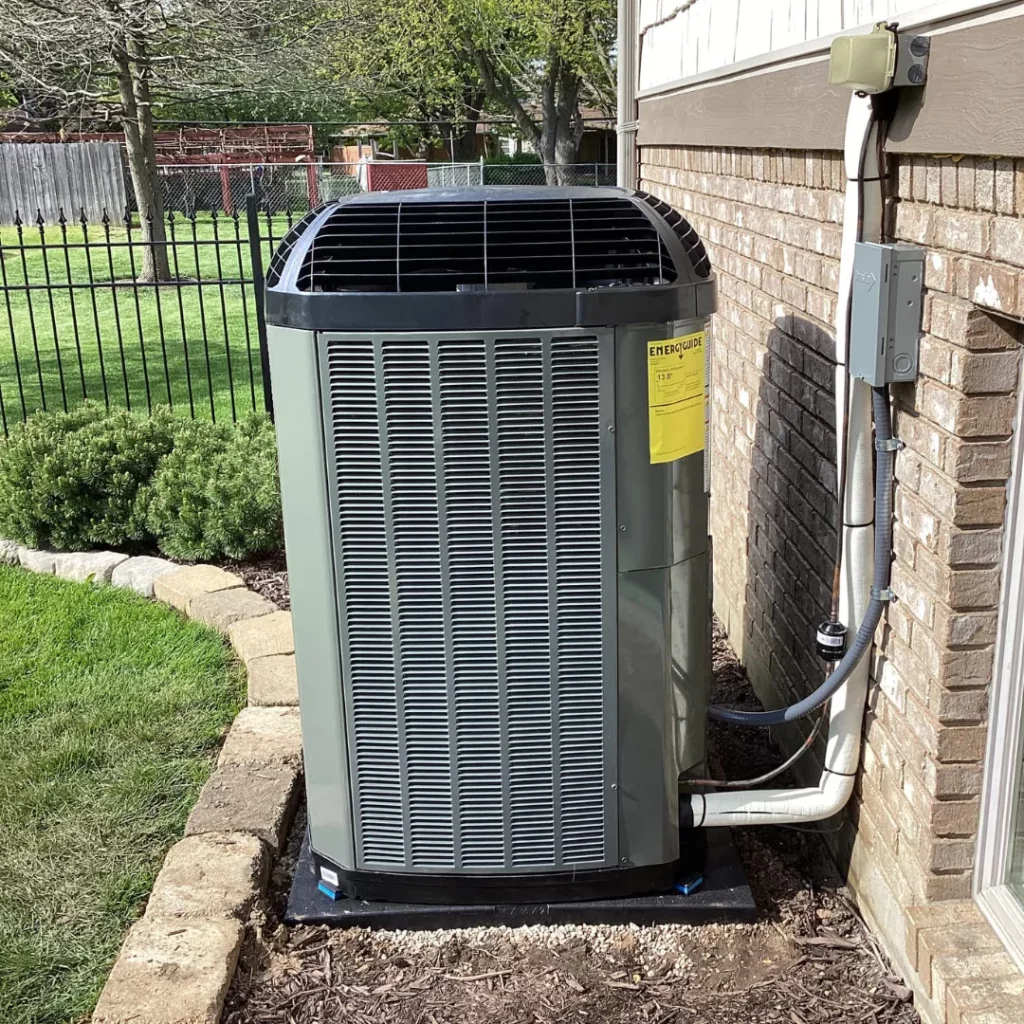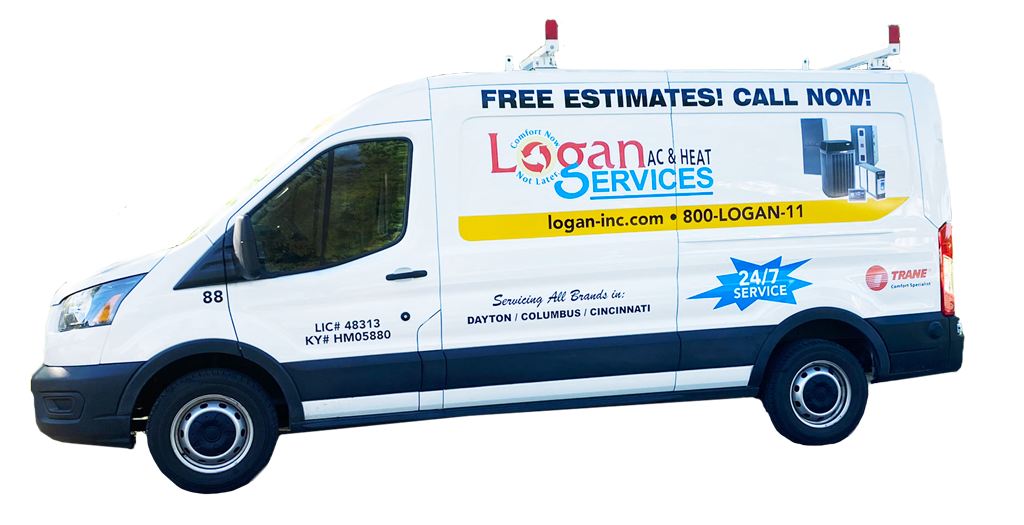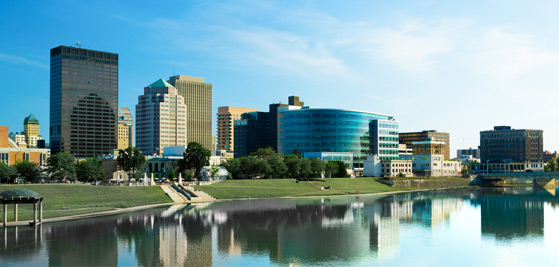Central air conditioning is a popular and efficient way to cool a home or building.
But what is central air, and how does it work?
Let’s explore the components of a central air conditioning system and what to consider before choosing a unit.
Components of a Central Air Conditioning System
First, let’s take a look at the parts that make up a central AC system.
Outdoor Unit
The outdoor unit is the most visible part of a central air conditioning system. Typically, it’s placed outside the building near its foundation for easy access and maintenance. The outdoor unit houses several critical components, including the condenser coil, compressor, and fan. Let’s take a closer look at each of these key elements.
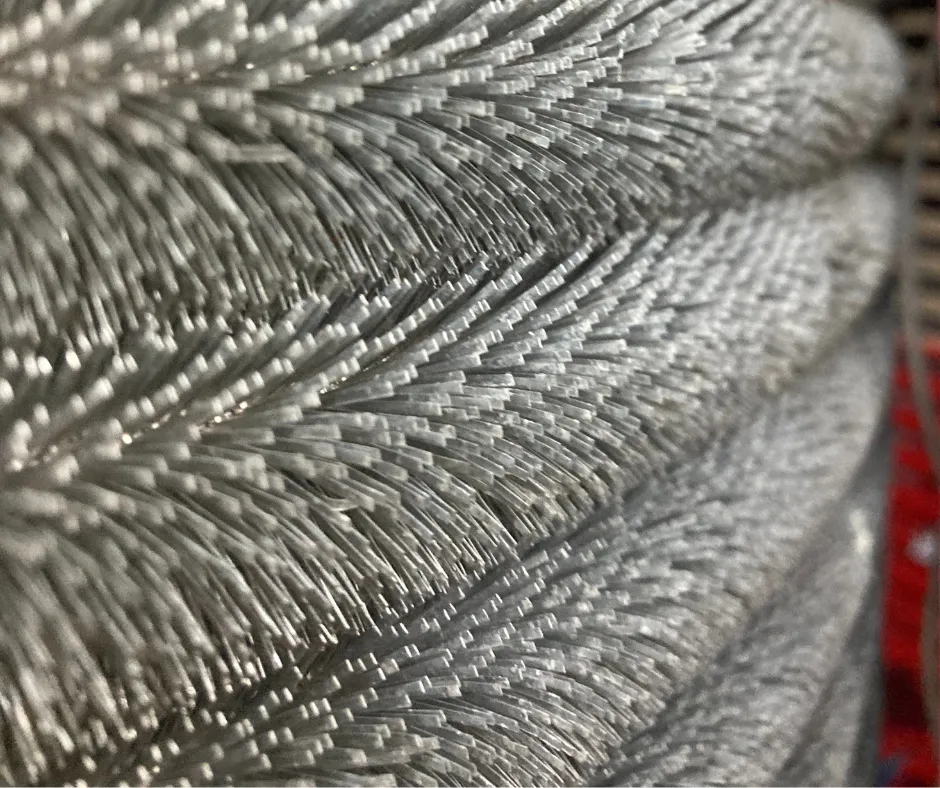
Condenser Coil
The condenser coil is responsible for releasing heat gathered from the conditioned air inside your living spaces. It consists of a series of tubes through which the refrigerant flows, with fins attached to increase the surface area and enhance heat dissipation.
As the refrigerant evaporates inside the evaporator coil, it absorbs heat from the indoor air and releases it into the outdoor air through the condenser coil. Thus, maintaining a clean and functional condenser coil is essential for an efficient air conditioner to operate smoothly and reduce energy consumption.
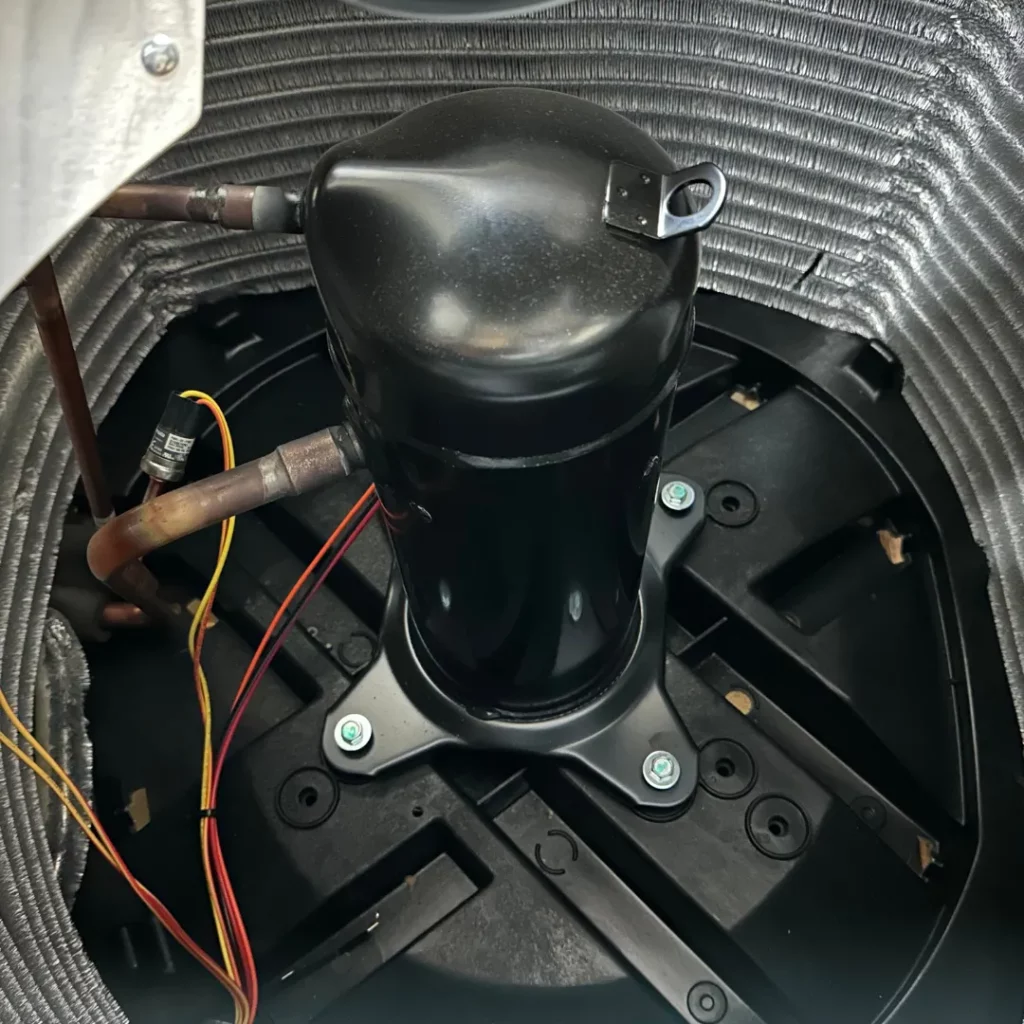
Compressor
The compressor plays a crucial role in the refrigeration cycle by compressing the refrigerant to increase its temperature. It’s essentially the “heart” of the air conditioning system, moving the refrigerant between the evaporator and condenser coils.
The compressor ensures that the refrigerant remains pressurized and hot enough to release the absorbed heat outdoors, allowing the indoor air to cool down.
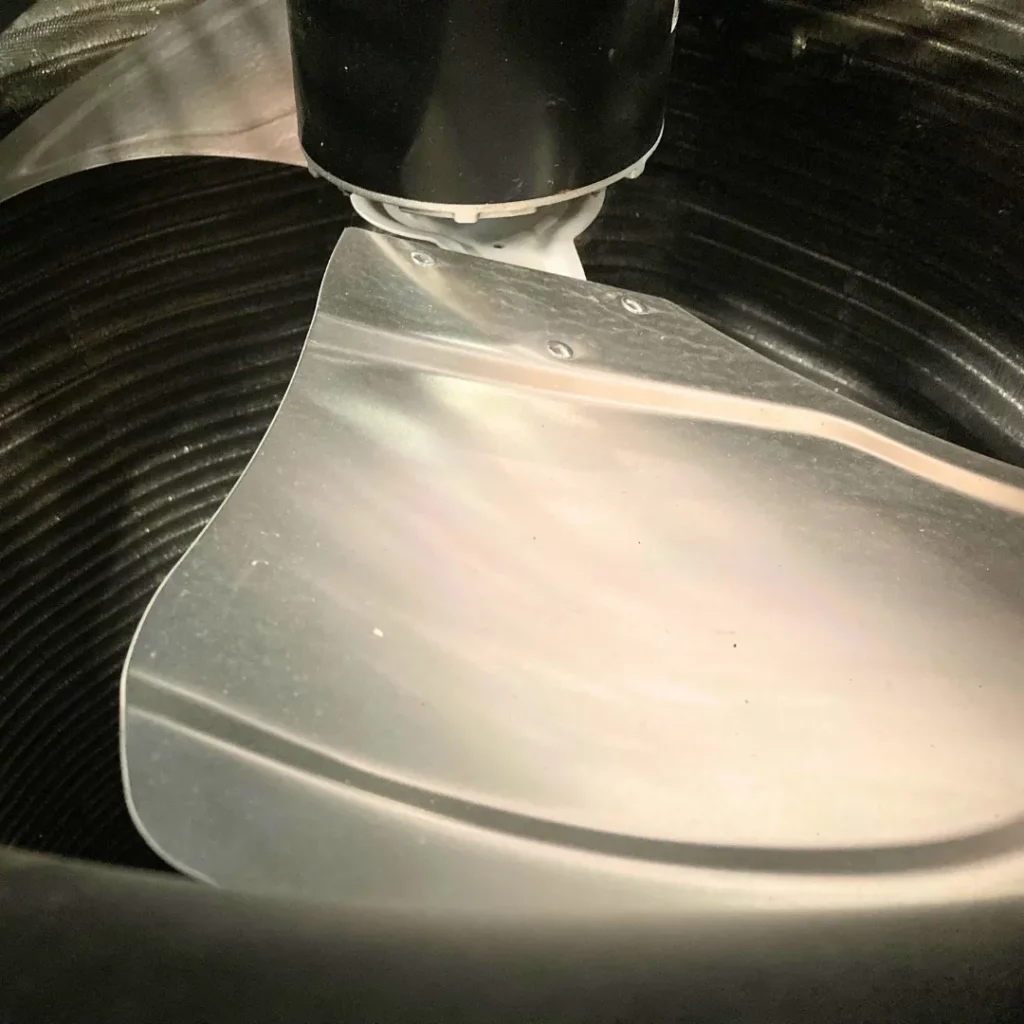
Fan
Located inside the outdoor unit, the fan aids in cooling the refrigerant by moving air over the condenser coil. The fan helps the heat be dispersed more effectively and cools the refrigerant down.
This step is crucial for the refrigerant to be cycled back into the indoor unit and continue the air conditioning process.
Indoor Unit
While the outdoor unit houses components responsible for heat release, the indoor unit takes care of absorbing heat from your living spaces and distributing cool air. The primary parts of the indoor unit are the evaporator coil and the air handler.
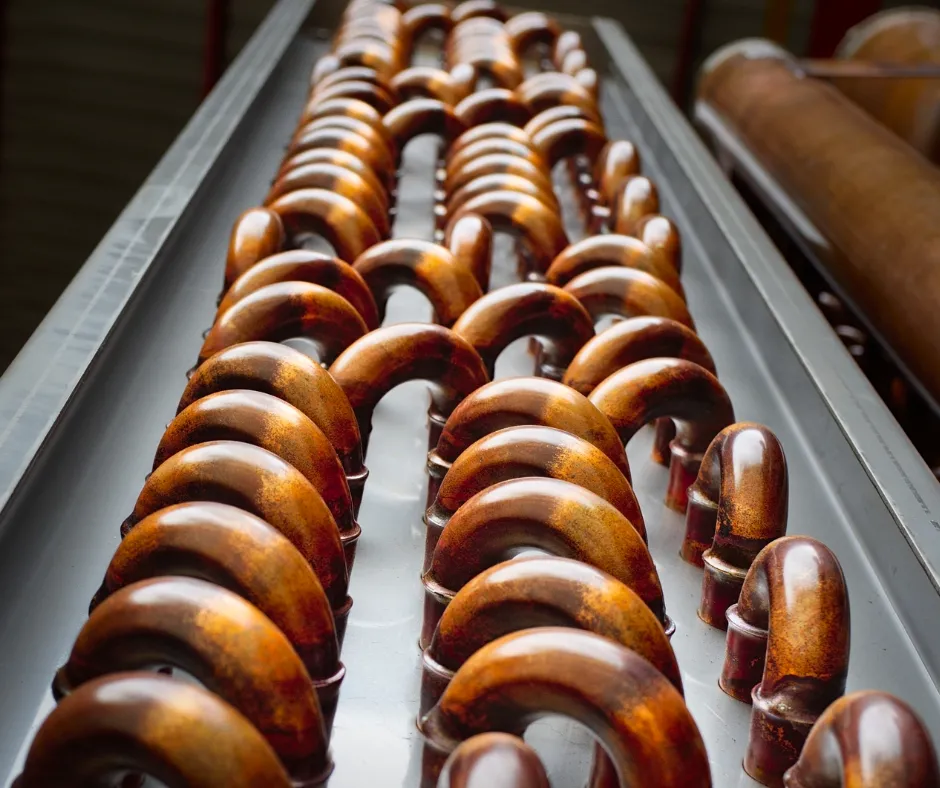
Evaporator Coil
Connected to the compressor by a copper tube, the evaporator coil is typically located inside the air handler or furnace. It plays a crucial role in cooling your interiors by absorbing heat from the indoor air and transferring it to the refrigerant. As warm air passes over the cold evaporator coil, the refrigerant inside absorbs the heat, causing it to evaporate. Consequently, the coil helps remove heat from your living spaces and cools the air.
Air Handler
The air handler (or furnace) circulates the conditioned air throughout your home or workplace. Usually placed in less-visible locations such as attics, basements, or closets, the air handler comprises a fan or blower, heating and cooling elements, filters, and dampers. It plays a vital role in air distribution and works in conjunction with the central AC unit to maintain optimal indoor temperature and improve overall air quality.
How Central Air Conditioning Works
Now that we have a better understanding of the components that make up central air conditioning systems let’s explore how they function together to cool your interiors.
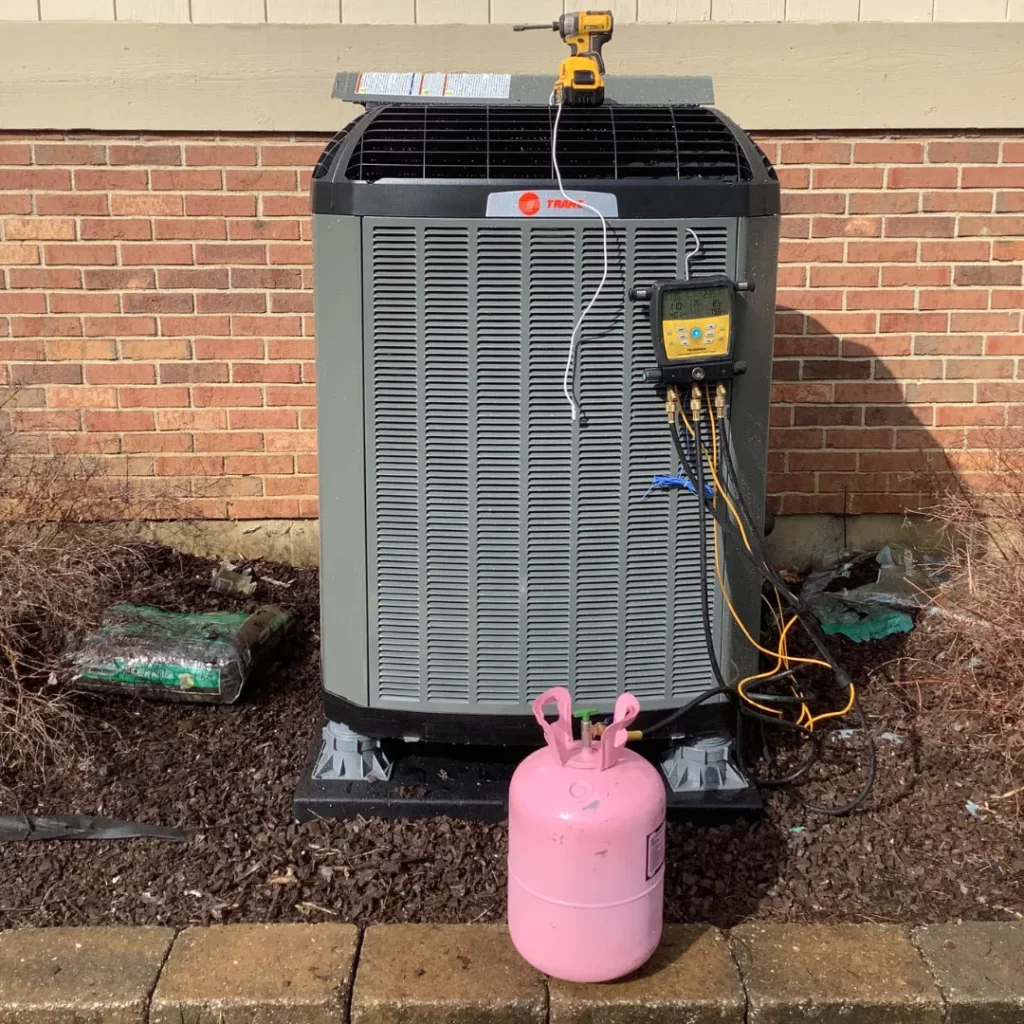
Heat Exchange Process
As mentioned, the refrigeration cycle starts with the evaporator coil inside the indoor unit. Warm air from your home is drawn into the air handler, which then passes over the cold evaporator coil. The refrigerant inside the coil absorbs the heat, causing it to evaporate and travel to the compressor. The compressor increases the refrigerant’s pressure and temperature before sending it to the condenser coil in the outdoor unit.
At the condenser coil, the heat is released into the outdoor air as the refrigerant condenses back into a liquid state. The cooled refrigerant then returns to the evaporator coil, and the cycle repeats itself. Throughout this process, the air handler continuously blows the cooled air into your living spaces while drawing in warm air to be cooled by the evaporator coil.
Air Distribution and Circulation
Apart from taking care of the heat exchange process, central air conditioning systems also ensure proper air circulation in your living spaces. The air handler (or furnace) pushes the cooled air into the ductwork, distributing it evenly throughout your home or workplace. Return ducts are essential to circulate the warm air back to the air handler, ensuring a continuous flow of conditioned air for enhanced comfort and better indoor air quality.
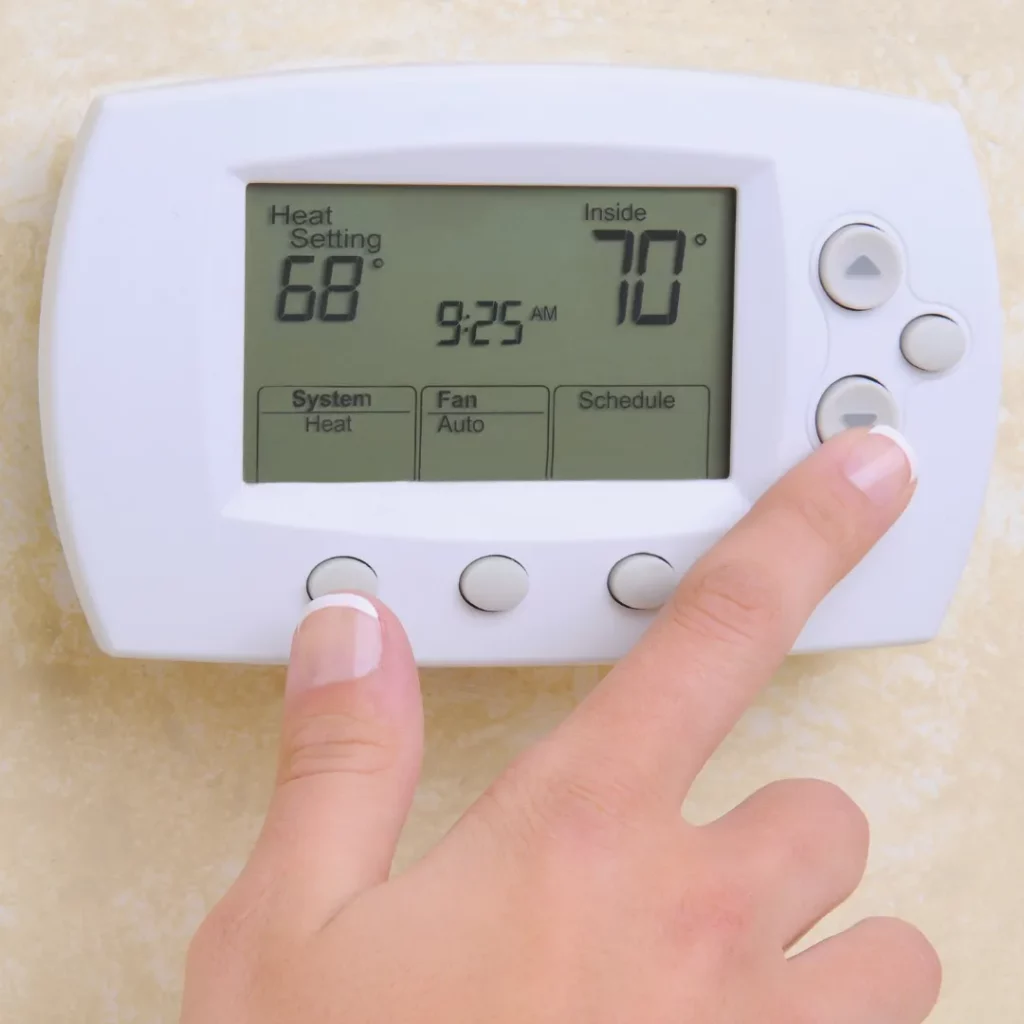
Thermostat and Control
A thermostat is essential in controlling and maintaining your central air conditioning system. It acts as a communication bridge between you and your air conditioning unit, allowing you to set the desired temperature and keep your living spaces comfortable. Modern thermostats often come with advanced features, such as programmable settings and smart capabilities that enable you to control your air conditioners remotely, increasing comfort levels and energy efficiency.
Advantages of Central Air Conditioning Systems
Now, let’s explore some significant advantages of central air conditioning systems that make them a popular choice among homeowners.
Improved Air Quality
Central air conditioners are designed to circulate conditioned air throughout your living spaces, providing you with a comfortable and consistent temperature. They also improve the air quality in your home by filtering out dust, allergens, and other pollutants. This feature is particularly beneficial for people with allergies or respiratory conditions, as it can help reduce symptoms and promote a healthier living environment.
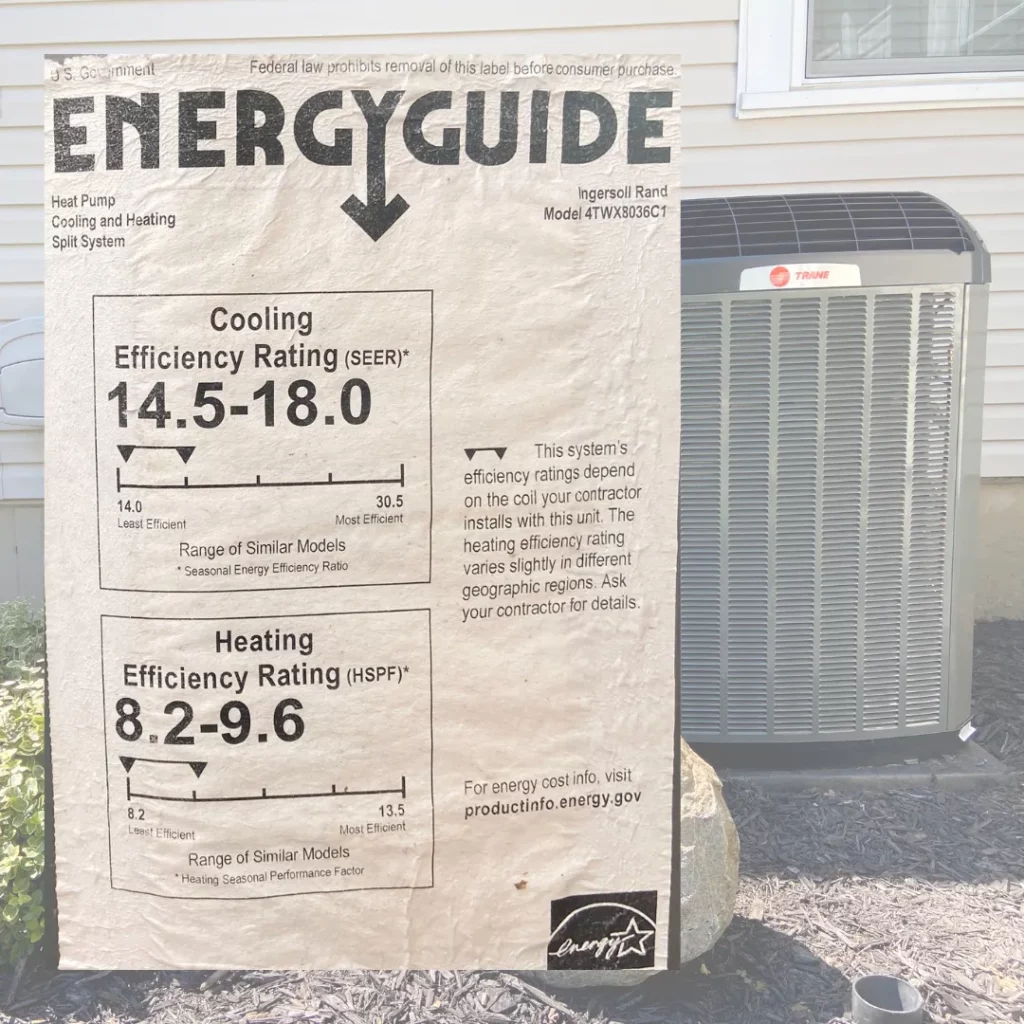
Energy Efficiency
One of the key benefits of a central air conditioning system is its energy efficiency. Modern central air conditioners are designed to be energy savers, often featuring high SEER/SEER2 (Seasonal Energy Efficiency Ratio) ratings. This means they consume less energy compared to window units or portable air conditioners while still providing effective cooling. Moreover, the energy-efficient operation of central air conditioners can considerably lower your monthly energy bills, especially during the summer months.
Aesthetic Appeal and Space-saving
Unlike window units or portable air conditioners, which can be bulky and detract from the appearance of your home, central air conditioning systems are discreetly installed. The main components, such as the outdoor unit (condenser coil) and the indoor unit (evaporator coil), are located out of sight, preserving the aesthetics of your living spaces.
Factors to Consider When Choosing a Central Air Conditioning System
Choosing the right central air conditioning system for your home involves several important factors. Before deciding, it’s crucial to evaluate the following criteria to ensure the most effective cooling solution for your living spaces.
System Size and Capacity
It is vital to select the correct system size and cooling capacity for your home to ensure effective and efficient cooling. Factors such as the size of your living spaces, climate and insulation, and the number of people residing in your home should be considered. An HVAC professional can assess your space and recommend the proper system size.
Energy Efficiency Rating
When selecting a central air conditioner, it’s crucial to consider its energy efficiency rating, referred to as the SEER (Seasonal Energy Efficiency Ratio) rating. A higher SEER/SEER2 rating indicates a more energy-efficient air conditioner, which can result in lower energy bills and a reduced carbon footprint.
Installation and Maintenance
Central air conditioning systems require professional installation, as it involves connecting the indoor and outdoor units, installing ductwork, and other potentially complex tasks. Make sure to factor in installation costs when budgeting for a central air conditioning system. It’s also essential to consider ongoing maintenance costs, such as routine inspections, filter replacements, and potential repairs. Proper maintenance ensures your central air conditioning system will run efficiently and prolong its lifespan.
Noise Level
Some central air conditioning systems can be more noisy than others, which may be a concern for homeowners who value a quiet living environment. Be sure to check with your HVAC professionals about the noise level of the air conditioning unit before deciding.
Choose Logan AC & Heat Services
If you’re interested in installing a central air conditioning system in your home, look to the team at Logan AC & Heat Services. We have over 50 years of experience in HVAC installation and services and are proud to offer outstanding customer support to every one of our clients. Contact us today to get started with selecting your new AC system.
FAQs Central Air Conditioning System
What is a Central Air Conditioning System?
A central air conditioning system is an air conditioning system that cools and dehumidifies indoor air in your home or building. It consists of two main components: an outdoor unit called the condenser and an indoor unit called the air handler (or furnace). These work together to distribute conditioned air throughout your living spaces using a network of ducts. The central air conditioner’s evaporator coil absorbs heat from the air, while the heat pump or compressor cycle compresses and releases heat to the outdoor unit, providing cool air through return ducts.
What are the benefits of a Central Air Conditioning System compared to other options?
There are several advantages to using a central air conditioning system over other alternatives, such as window units and swamp coolers. The primary benefit is that central air conditioners provide more efficient air conditioning and even cooling throughout the entire home, eliminating hot spots. Additionally, central air conditioning systems are generally quieter and save more energy than window units. They are also more aesthetically pleasing since there’s no need for a bulky window unit.
How do I choose the right Central Air Conditioner for my home?
To select the appropriate central air conditioner for your home, it’s best to consult an HVAC professional. These professionals can help you calculate the proper cooling capacity, find a unit with a good SEER/SEER2 rating, and can give you a quote for installation.

